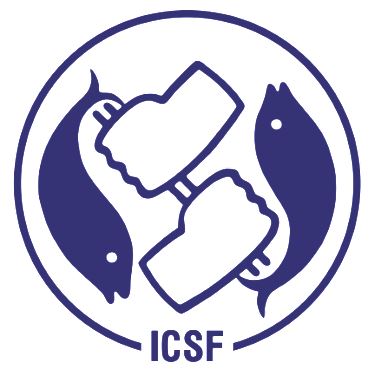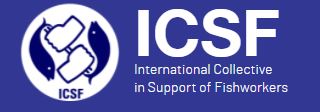Kamal, Mohamed Samy and Mehanna, Sahar F. (2023) Evolution of fishing effort and fishing capacity during the last two decades (2000–2019) in Egypt’s marine fisheries: Spotting the fleet overcapacity. Regional Environmental Change, 23 (113).
Full text not available from this repository. (Request a copy)Abstract
Reducing fishing effort and fishing capacity was labelled by the Food and Agriculture Organisation (FAO) as a key requirement to ensure the sustainability of global fisheries. The objective of this paper was to analyse the evolution of fishing effort and capacity during the last two decades in Egypt’s marine fisheries. Fishing effort (number of licences and fishers), capacity (number of vessels and engine power) and landings data were obtained from the fisheries management agency’ annual statistical books (2000–2019). The evolution of fishing effort and capacity in total, for Mediterranean and Red Sea fisheries, also by gear and port was presented. The annual catch per unit effort (CPUE), maximum sustainable yield (MSY) and fleet overcapacity were calculated. Some of these indicators were compared to Saudi fisheries in the Red Sea to provide regional insight into the northern Red Sea. Results highlighted the overcapacity of the Egyptian Mediterranean fleet in terms of engine power (increasing average hp) while the Red Sea in terms of number of vessels. The estimated MSY was about 64,388 tonnes for the Mediterranean Sea and about 66,823 tonnes for the Red Sea. The number of vessels was higher about 1.68% and 36.67% than the estimated optimum number of vessels for the Mediterranean and Red Sea respectively. Both fleets’ CPUE is now less than it was in the beginning of this century despite considerable technological advancement. Limitations, gaps and future direction to address the issue of overcapacity and the management of these fisheries are provided in the last section.
| Item Type: | Articles |
|---|---|
| Keywords: | Fishing Efforts, Fishing Capacity, Egypt, Marine Fisheries, Fishing Fleets, Overcapacity, Mediterranean Sea, Red Sea, Catch Per Unit Effort (CPUE), Maximum Sustainable Yield (MSY), Fisheries Management |
| Subjects: | Right to Resources |
| Depositing User: | Kokila ICSF Krish |
| Date Deposited: | 18 Sep 2025 10:35 |
| Last Modified: | 18 Sep 2025 10:35 |
| URI: | http://icsfarchives.net/id/eprint/22513 |
Actions (login required)
 |
View Item |


